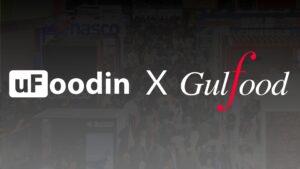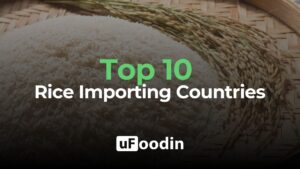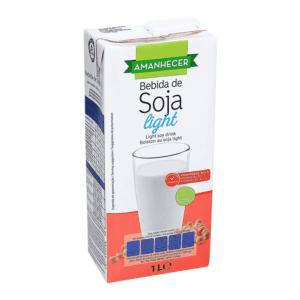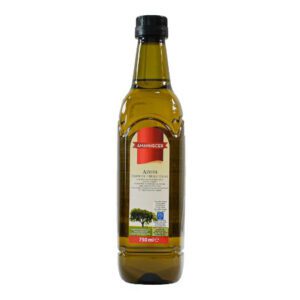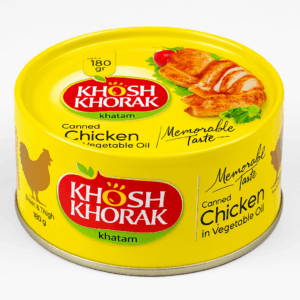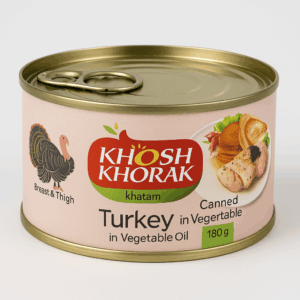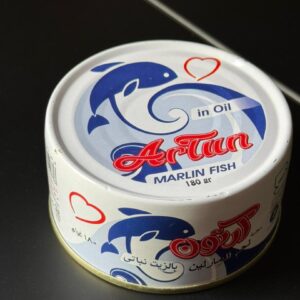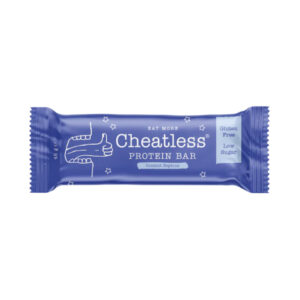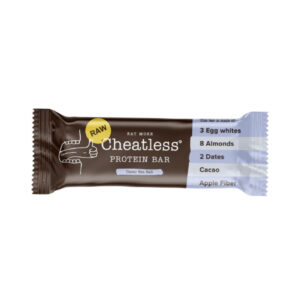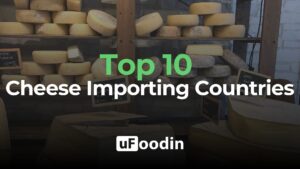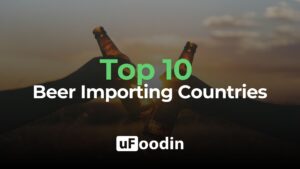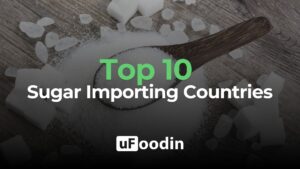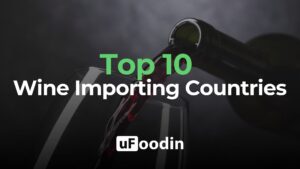
Top 10 Dairy Importing Countries
The global dairy industry plays a pivotal role in nutrition and trade, with imports of dairy products reaching a value of over $120 billion in 2023. The Top 10 Dairy Importing Countries account for more than 65% of global imports, driven by the rising demand for milk, cheese, butter, and powdered dairy products. This demand is fueled by population growth, urbanization, and shifting dietary preferences toward protein-rich and calcium-fortified foods.
While traditional markets like China and the United States dominate dairy imports, emerging markets in the Middle East and Southeast Asia are rapidly expanding their share. This article explores the Top 10 Dairy Importing Countries, identifies key trends, and delves into the challenges shaping the future of the dairy trade.

1. China
- Import Value: Over $14 billion (2023)
- Why It Stands Out: China is the largest dairy importer globally, driven by a rising middle class and growing demand for infant formula, milk powder, and cheese.
- Key Insights: New Zealand and the EU dominate the supply chain, benefiting from trade agreements and China’s preference for premium dairy products.
2. United States
- Import Value: Approximately $10 billion (2023)
- Why It Stands Out: Despite its robust domestic production, the U.S. imports significant volumes of specialty cheeses and premium butter.
- Key Insights: Key suppliers include France, Italy, and Ireland, reflecting consumer demand for high-quality, artisanal products.
3. Germany
- Import Value: Around $9 billion (2023)
- Why It Stands Out: Germany, a dairy-exporting powerhouse, also imports large volumes of cheese and butter for its processed food industry.
- Key Insights: Netherlands and France are key suppliers, meeting Germany’s demand for high-quality dairy ingredients.
4. Japan
- Import Value: Over $8.5 billion (2023)
- Why It Stands Out: Japan’s dairy imports focus on cheese and milk powder, catering to its aging population and health-conscious consumers.
- Key Insights: Australia and New Zealand are top suppliers, leveraging proximity and quality.
5. United Kingdom
- Import Value: Around $8 billion (2023)
- Why It Stands Out: The UK’s reliance on dairy imports has grown post-Brexit, with cheese and butter leading the demand.
- Key Insights: Ireland remains the largest supplier, complemented by imports from France and Germany.
6. Italy
- Import Value: Over $7 billion (2023)
- Why It Stands Out: Italy’s imports support its thriving processed food and gourmet sectors, with a focus on high-quality butter and specialty cheeses.
- Key Insights: Germany and France dominate Italy’s supply chain, focusing on premium and organic products.
7. Mexico
- Import Value: Approximately $6.5 billion (2023)
- Why It Stands Out: Mexico’s growing urban population and thriving foodservice sector drive demand for milk powder and processed cheese.
- Key Insights: The U.S. is Mexico’s primary supplier, benefiting from geographic proximity and trade agreements.
8. South Korea
- Import Value: Around $6 billion (2023)
- Why It Stands Out: South Korea’s demand for cheese and milk powder is driven by Western dietary influences and a growing bakery sector.
- Key Insights: Key suppliers include New Zealand, the U.S., and Australia, emphasizing high-quality standards.
9. Saudi Arabia
- Import Value: Over $5 billion (2023)
- Why It Stands Out: Saudi Arabia’s dependence on imports stems from its limited domestic dairy production and growing demand for milk powder and butter.
- Key Insights: The EU and New Zealand are leading suppliers, addressing both consumer and industrial needs.
10. France
- Import Value: Approximately $4.8 billion (2023)
- Why It Stands Out: France imports specialized dairy ingredients for its processed food and confectionery industries.
- Key Insights: Imports are sourced primarily from Germany, the Netherlands, and Italy.
Key Trends in Dairy Imports
- Rising Demand for Specialty Products:
Premium cheeses, organic butter, and lactose-free options are gaining popularity in developed markets. - Growing Infant Formula Sector:
Demand for infant formula is a key driver in Asian markets, particularly in China. - Health and Wellness Focus:
Dairy products with added probiotics, calcium, and protein are increasingly sought after. - Shift Towards Sustainable Sourcing:
Importers prioritize suppliers adhering to animal welfare and environmental standards. - Digital Transformation in Trade:
Online platforms are facilitating direct connections between producers and importers. - Expansion in Emerging Markets:
Rising disposable incomes and Western dietary influences are boosting demand in regions like Southeast Asia and the Middle East.

Major Challenges in Dairy Imports
- Trade Barriers and Tariffs:
Protectionist policies and complex regulations can hinder smooth trade flows. - Perishability and Logistics:
Maintaining freshness in global shipments requires advanced cold-chain systems. - Climate Change Impacts:
Extreme weather events are disrupting production in key exporting regions. - Rising Production Costs:
Increased feed and energy costs contribute to higher prices for dairy products. - Consumer Health Awareness:
Growing concerns about lactose intolerance and saturated fats affect demand in certain markets. - Sustainability Pressures:
Importers are facing consumer demands for transparency in animal welfare and carbon footprints.
The Top 10 Dairy Importing Countries underscore the globalized nature of the dairy trade, offering diverse opportunities for exporters. From China’s demand for infant formula to Germany’s need for premium ingredients, producers must navigate evolving consumer preferences and regulatory landscapes.
Platforms like uFoodin enable dairy producers to connect directly with importers across 210+ countries, offering tools to showcase their products, monitor trends, and address logistical challenges. With features that emphasize sustainability and traceability, uFoodin empowers exporters to succeed in an increasingly competitive market.
As the dairy industry evolves, platforms like uFoodin will remain essential in fostering collaboration, innovation, and growth in this critical sector.
uFoodin Editorial Team
Bibliography
- FAO: Dairy Trade Statistics
- Statista: Dairy Market Insights
- MarketWatch: Trends in Global Dairy Imports
- Reuters: Challenges in Dairy Supply Chains
- Grand View Research: Dairy Industry Analysis
- Mordor Intelligence: Global Dairy Import Forecasts

